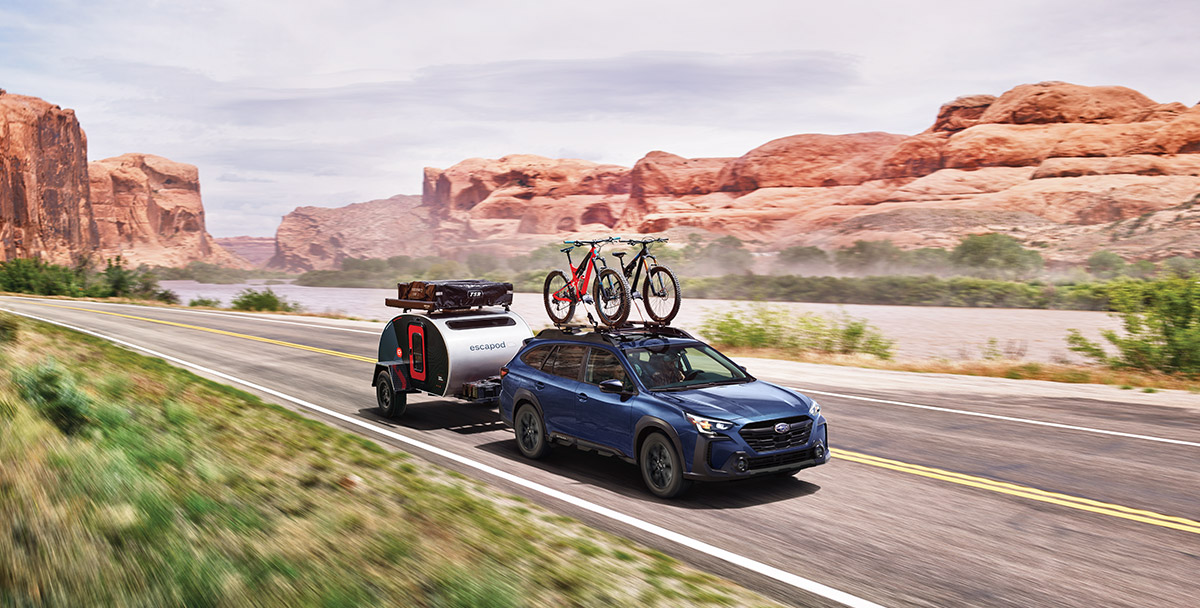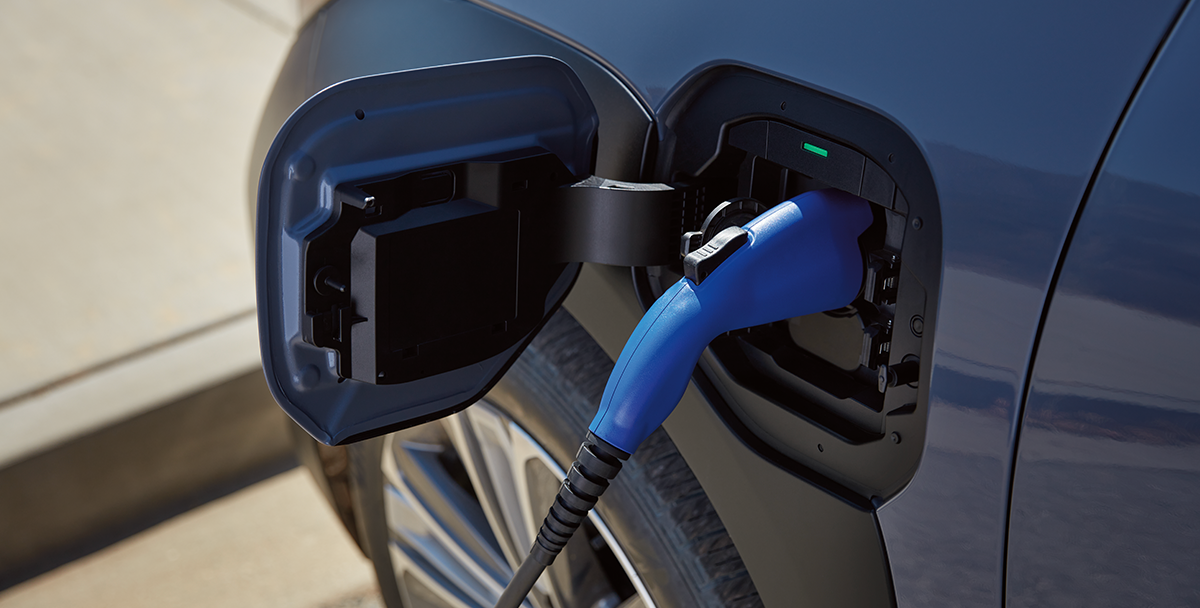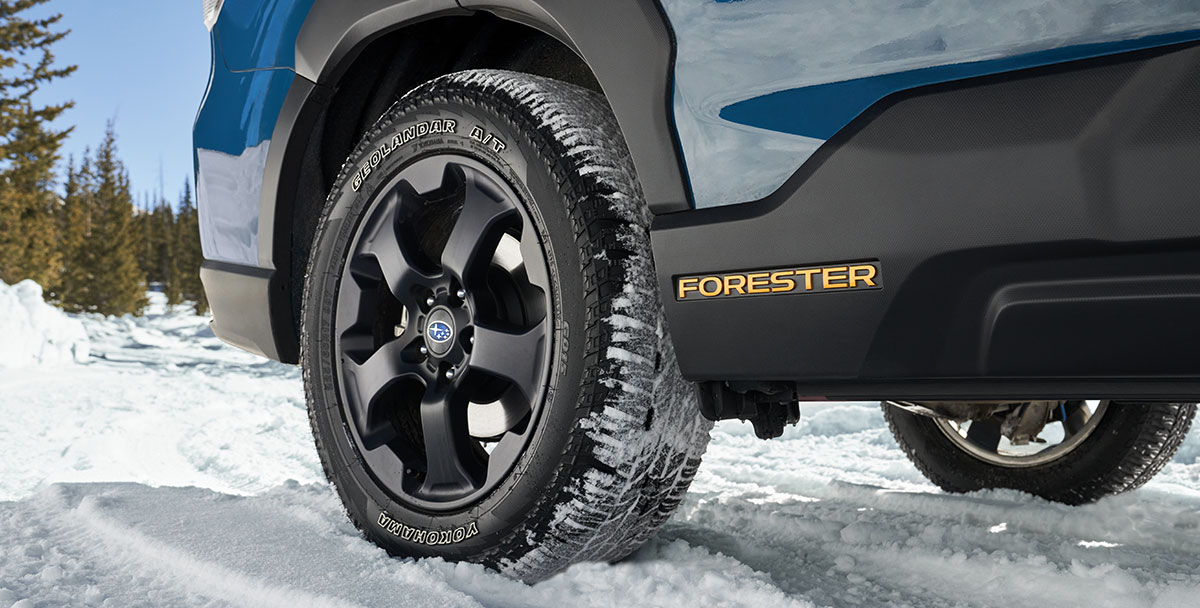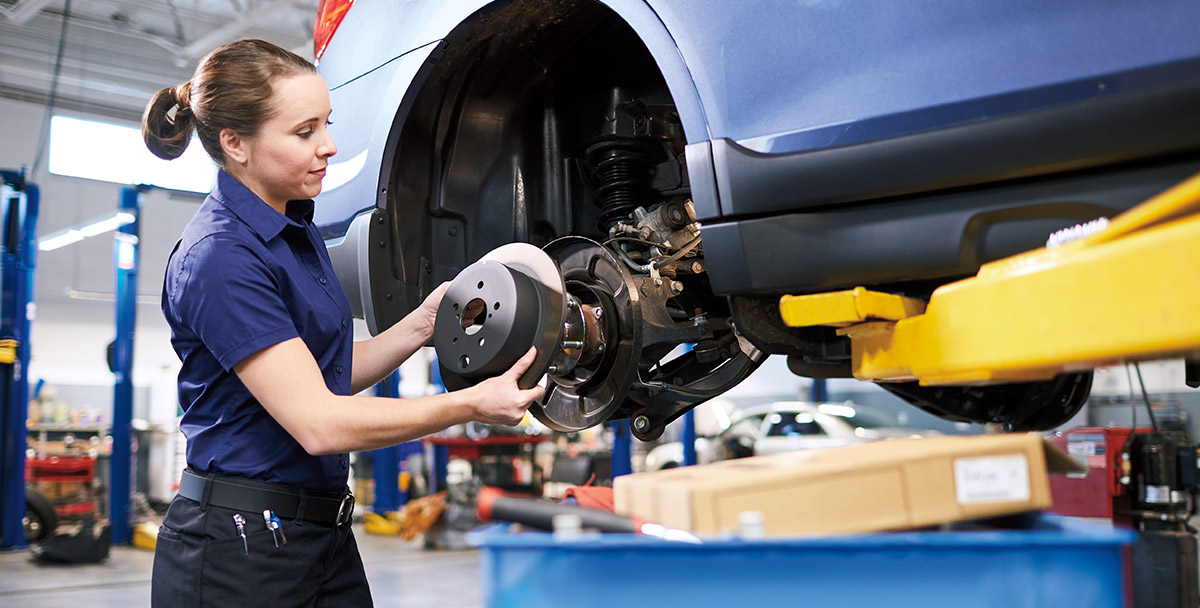The best way to prepare for driving in treacherous winter conditions is to service your Subaru before winter hits.
Features such as Subaru Symmetrical All-Wheel Drive and Vehicle Dynamics Control provide models like the Impreza, Forester, Crosstrek, Legacy, Outback and Ascent with sure-footed capability, but it’s important to inspect the condition of components that see significant use during colder months and replace any worn items that are discovered. Checking your vehicle’s fluids and confirming that fluid changes have been completed on schedule should also be considered at this time.
Consult your Subaru Warranty and Maintenance Booklet for specifics regarding maintenance intervals, and contact your Subaru retailer if you have any questions. In the meantime, here’s how to prepare for anything that winter throws your way.
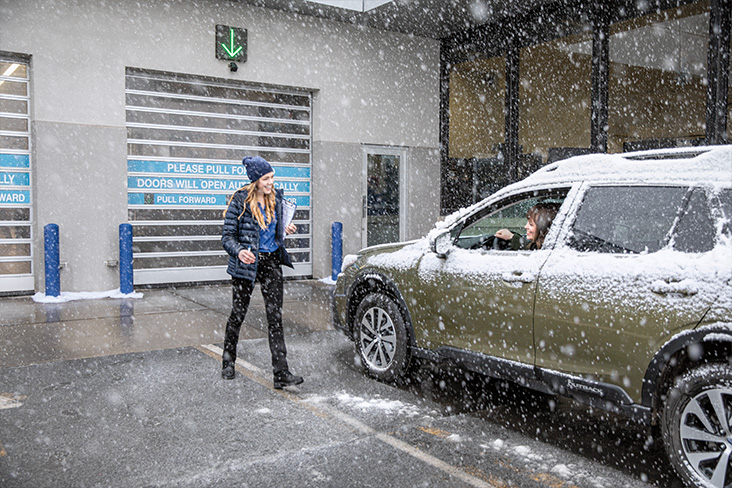
Underhood Inspection
Simply giving the wear items in your engine bay a good once-over can help prevent future headaches. Check the drive belts, coolant hoses, and battery cables for signs of fraying, cracking, corrosion and other wear. Also, be sure to evaluate the condition of your battery. Colder temperatures put additional strain on the battery, especially during engine startup. A battery close to the end of its life could give out on the first cold morning of the year.
Check the exterior casing of the battery for signs of corrosion on the terminals or cables and wipe off any dirt or debris. Any signs of leakage at the top of the casing means it’s time to replace the battery. Also, examine the brackets that secure the battery in place. They should hold the battery firmly – vibration can significantly reduce the battery’s longevity. If there are signs of wear or damage, the brackets should be replaced.
Lastly, check the battery posts to ensure that the terminals are securely fastened and free of corrosion or other debris. If the terminals need to be disconnected for cleaning, just remember the adage “negative first, negative last.” In other words, disconnect the negative terminal first, and when reconnecting, hook up the negative terminal last.
The reason why you disconnect the negative terminal first and reconnect it last is because when the negative cable is connected, all the steel in the vehicle becomes a ground. If you’re reconnecting the positive terminal and accidentally touch the inner fender or any other metal surface with the wrench, it will cause a short circuit and could result in – at best – a lot of sparks. At worst, it could cause an explosion if the battery is emitting hydrogen sulfide gas.
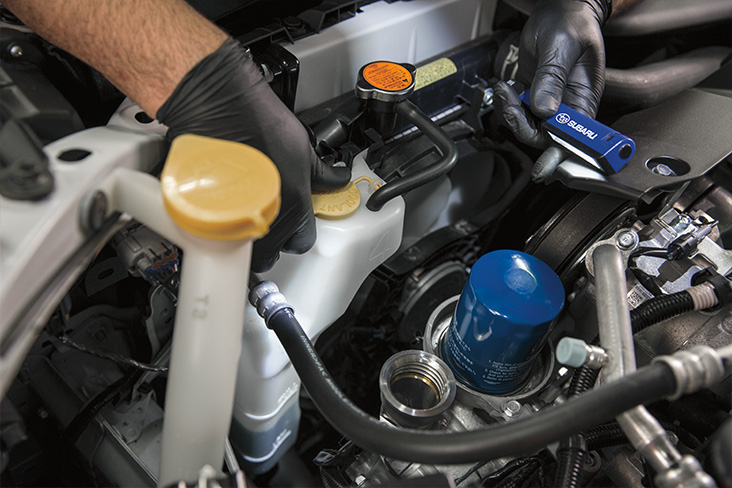
Coolant Flush
You might think that cold temperatures mean you don’t need to keep tabs on the cooling system, but it plays a vital role during the winter as well. Along with regulating your engine’s internal temperature, the cooling system provides heat for the climate control system. Coolant not only raises the boiling point of the fluid in your radiator, but it also lowers its freezing temperature down to subzero temperatures so that the coolant won’t freeze in the winter.
Contaminants will collect in the coolant over time, negatively impacting the fluid’s ability to do its job. That means that system flushes should be done at regular intervals to keep everything flowing as it should. Consult your Warranty and Maintenance Booklet for the specifics on your particular model, and see your retailer to perform the service.
Brake Fluid Flush
Like coolant, brake fluid should be flushed and replaced at regular intervals. Brake fluid is “hygroscopic,” which means it actively absorbs moisture from the air over time. As this happens, the boiling point of the brake fluid is lowered, which can impair stopping power in demanding situations. Also, small particles of debris can accumulate in the fluid over time, which may affect brake pedal response.
It’s important to have your brake fluid flushed and replaced according to the schedule recommended in your Warranty and Maintenance Booklet, typically 30 months or 30,000 miles. Your Subaru retailer can schedule this service during regular maintenance, such as an oil change.
Cabin Air Filter
Like your engine, the climate control system utilizes an air filter that prevents foreign material from traveling through it – in this case, contaminants such as allergens and dust. Over time, this filter can become clogged with debris that will inhibit air flow, and that can make it more difficult for your climate control system to regulate the temperature in the cabin.
These filters should be replaced every 12 months or 12,000 miles, depending on your environment, and installing a new one will ensure that your ventilation system performs at its best.
Wiper Blades
Clear outward visibility is vital while driving in inclement weather, so your wiper blades need to be up to the task. Most wiper blade manufacturers recommend replacing these every six to 12 months, as exposure to excessive heat, cold and UV rays will cause the blade material to harden over time.
Windshield streaking and other issues can occur once that material loses its pliability, so it’s a good idea to preemptively ensure your wipers are ready to rock when you need them.

Tires
All-wheel drive and advanced stability control systems will keep your Subaru humming along when you’re faced with poor road conditions, but that doesn’t mean you can ignore your tires.
If you have all-season tires, it’s important to know that they will begin to harden when temperatures dip below about 45 degrees Fahrenheit, and that hardening of the rubber adversely affects stopping distances as well as overall traction.
For those who live in regions that regularly see particularly low temperatures and deep snow and ice, switching over to winter tires during colder months is a crucial safety measure. These tires perform their best at temperatures below 45 degrees Fahrenheit and in conditions that are well outside the boundaries for which all-season tires are intended. If that describes where you live, you owe it to yourself – and those around you – to equip your Subaru with tires that are designed for the task.
As great as a Subaru equipped with Symmetrical All-Wheel Drive can be in the winter, one equipped with a set of dedicated winter tires can even make you look forward to a snow-covered run to the mountains. Visit with your Subaru retailer to learn more about your winter tire options.
